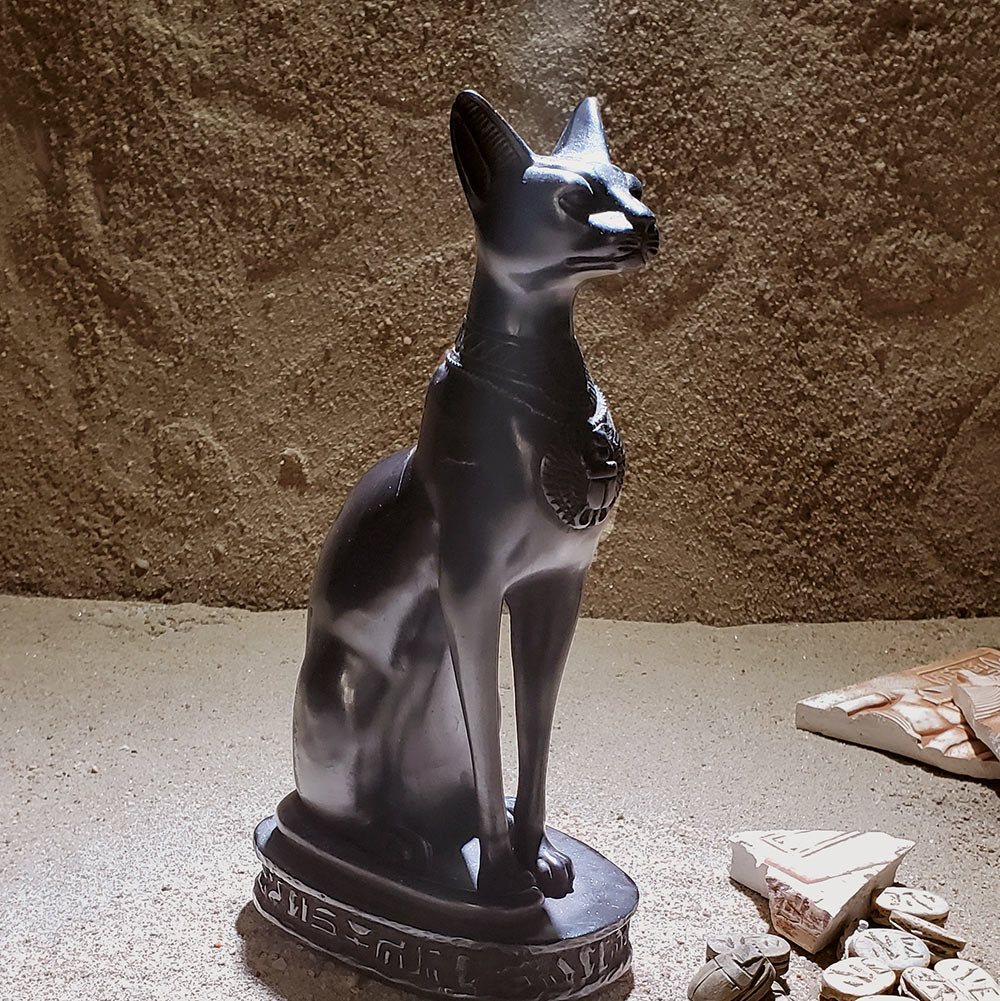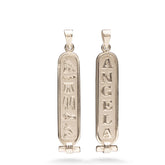Crafting Timeless Beauty: The Art of Carving Egyptian Alabaster
Egyptian alabaster, also known as calcite or Egyptian marble, was a popular material used by ancient Egyptians for various sculptures and statues. Alabaster is a form of fine-grained, translucent calcite, and it was prized for its smooth texture and ability to be carved easily. The statues made from Egyptian alabaster are notable for their exquisite craftsmanship and the beautiful glow they acquire when lit from behind. Sometimes the stone is mixed with a color to produce unique statues that are not translucent.
This translucent property of Egyptian alabaster was often utilized in the crafting of lamps and vessels in ancient times. Skilled artisans carved alabaster using chisels and other tools. The craftsmanship often included intricate details, capturing facial features, clothing, and other elements with precision. The statues were polished to achieve a smooth surface, enhancing the natural translucency of the alabaster. This practice has continued into modern Egypt, but is less common.
Many Egyptian alabaster statues are now housed in museums and private collections worldwide. These artifacts provide valuable insights into ancient Egyptian art, culture, and religious beliefs.






